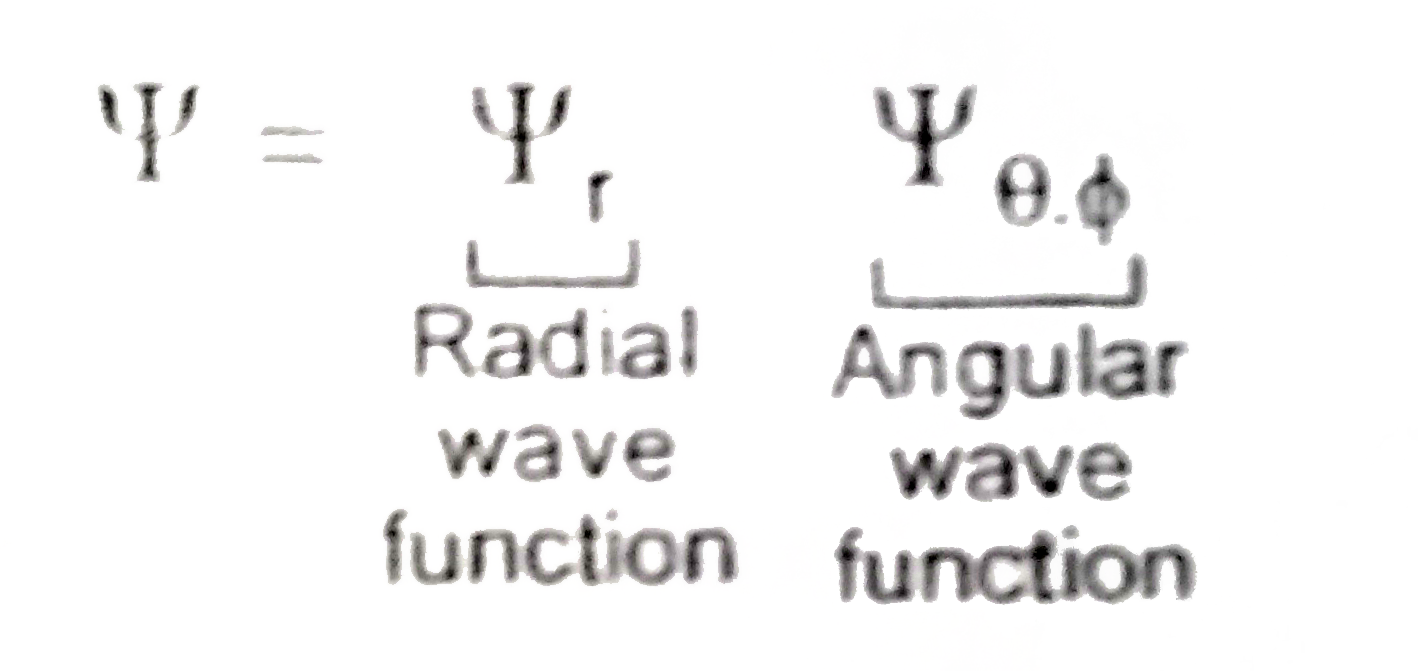Which orbital is non-directional
s
p
d
All of these
The correct Answer is:A
To determine which orbital is non-directional, we can analyze the characteristics of different types of orbitals: s, p, and d orbitals.
1. Understanding Orbital Shapes:
- Orbitals are regions in an atom where there is a high probability of finding electrons. They have different shapes and orientations.
2. Analyzing the S Orbital:
- The s orbital is spherical in shape. This means that the electron density is distributed evenly in all directions from the nucleus.
- Since the electron density does not favor any particular direction, the s orbital is considered non-directional.
3. Analyzing the P Orbitals:
- P orbitals have a dumbbell shape and come in three types: Px, Py, and Pz.
- Each of these orbitals has a specific orientation:
- Px is oriented along the x-axis,
- Py is oriented along the y-axis,
- Pz is oriented along the z-axis.
- Because the electron density in p orbitals is directed along specific axes, they are considered directional.
4. Analyzing the D Orbitals:
- D orbitals are more complex and consist of five different shapes.
- Some d orbitals (like dxy, dyz, and dxz) are oriented between the axes, while others (like dz² and dx²-y²) have specific orientations along the axes.
- Since the electron density in d orbitals also has specific directions, they are also considered directional.
5. Conclusion:
- Based on the analysis, the only orbital that is non-directional is the s orbital.
- Therefore, the correct answer is that the s orbital is non-directional.
Final Answer:
The orbital that is non-directional is the s orbital.
- Orbitals are regions in an atom where there is a high probability of finding electrons. They have different shapes and orientations.
- The s orbital is spherical in shape. This means that the electron density is distributed evenly in all directions from the nucleus.
- Since the electron density does not favor any particular direction, the s orbital is considered non-directional.
- P orbitals have a dumbbell shape and come in three types: Px, Py, and Pz.
- Each of these orbitals has a specific orientation:
- Px is oriented along the x-axis,
- Py is oriented along the y-axis,
- Pz is oriented along the z-axis.
- Because the electron density in p orbitals is directed along specific axes, they are considered directional.
- D orbitals are more complex and consist of five different shapes.
- Some d orbitals (like dxy, dyz, and dxz) are oriented between the axes, while others (like dz² and dx²-y²) have specific orientations along the axes.
- Since the electron density in d orbitals also has specific directions, they are also considered directional.
- Based on the analysis, the only orbital that is non-directional is the s orbital.
- Therefore, the correct answer is that the s orbital is non-directional.
The orbital that is non-directional is the s orbital.
Topper's Solved these Questions
- STRUCTURE OF ATOM BOOK - PHYSICS WALLAHCHAPTER - STRUCTURE OF ATOM EXERCISE - NEET Past 5 Years Questions
22 Videos
- STRUCTURE OF ATOM BOOK - PHYSICS WALLAHCHAPTER - STRUCTURE OF ATOM EXERCISE - Level-1
40 Videos
- STATES OF MATTERBOOK - PHYSICS WALLAHCHAPTER - STATES OF MATTEREXERCISE - NEET PAST 5 YEARS QUESTIONS
14 Videos
- SURFACE CHEMISTRYBOOK - PHYSICS WALLAHCHAPTER - SURFACE CHEMISTRYEXERCISE - NEET PAST 5 YEARS QUESTIONS
8 Videos
Similar Questions
Orbitals are the pictorial representationofΨ or Ψ2

Ψ2 tell about the probability of finding electron.
Which of the following orbital is non directional ?
View SolutionAn electron jumps to higher excited state of a orbital which is non directional and have 4 radial node then shell with which electron belong?
View Solution
Knowledge Check
Which orbitals is non-directional ?
AsBpCdDAll of thesewhich orbital is non - sirectinal ?
ASBPCDDFWhich of the following orbital is non-directed in nature?
AsBpCdDf
The shapes of orbital may be represented by boundary surface diagrams. These boundary surface diagram give the most probable regions. S-orbitals are non-directional while p-, d- and f-orbitals have different orientations given by ml values. These boundary surfaces also have sperical nodes or radial nodes and nodal planes which depend upon the values of n and l.
How many spherical nodes are present in 3p - orbital?
View SolutionThe shapes of orbital may be represented by boundary surface diagrams. These boundary surface diagram give the most probable regions. S-orbitals are non-directional while p-, d- and f-orbitals have different orientations given by ml values. These boundary surfaces also have sperical nodes or radial nodes and nodal planes which depend upon the values of n and l.
How many angular nodes are present in 3dyz orbital?
View SolutionThe shapes of orbital may be represented by boundary surface diagrams. These boundary surface diagram give the most probable regions. S-orbitals are non-directional while p-, d- and f-orbitals have different orientations given by ml values. These boundary surfaces also have sperical nodes or radial nodes and nodal planes which depend upon the values of n and l.
How many orbitals are possible for l = 2 subshell ?
View SolutionThe shapes of orbital may be represented by boundary surface diagrams. These boundary surface diagram give the most probable regions. S-orbitals are non-directional while p-, d- and f-orbitals have different orientations given by ml values. These boundary surfaces also have sperical nodes or radial nodes and nodal planes which depend upon the values of n and l.
Does d2z orbital has zero electron density in xy plane ?
View SolutionThe shapes of orbital may be represented by boundary surface diagrams. These boundary surface diagram give the most probable regions. S-orbitals are non-directional while p-, d- and f-orbitals have different orientations given by ml values. These boundary surfaces also have sperical nodes or radial nodes and nodal planes which depend upon the values of n and l.
How do 3s and 4s orbitals differ in terms of nodes present in these ?
View Solution
